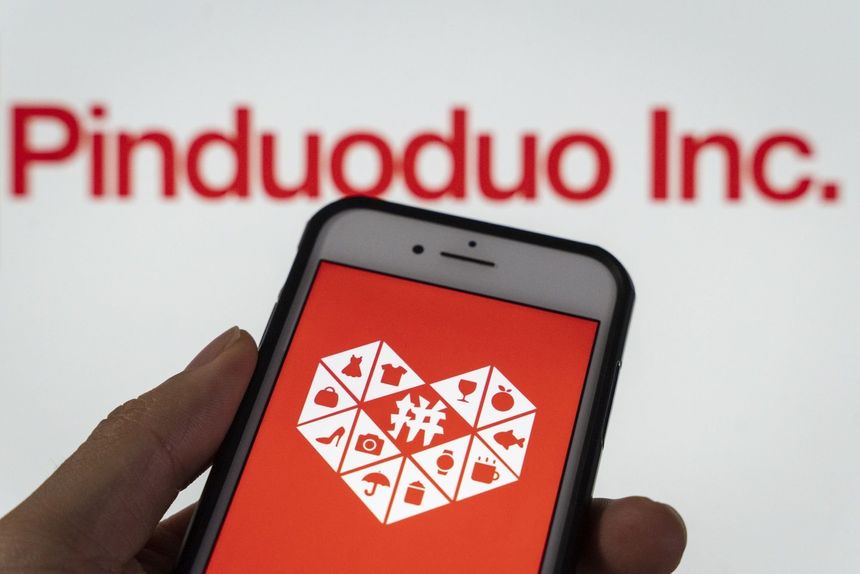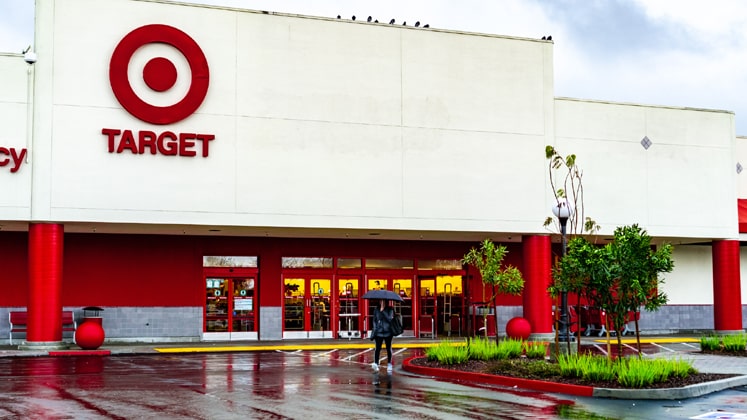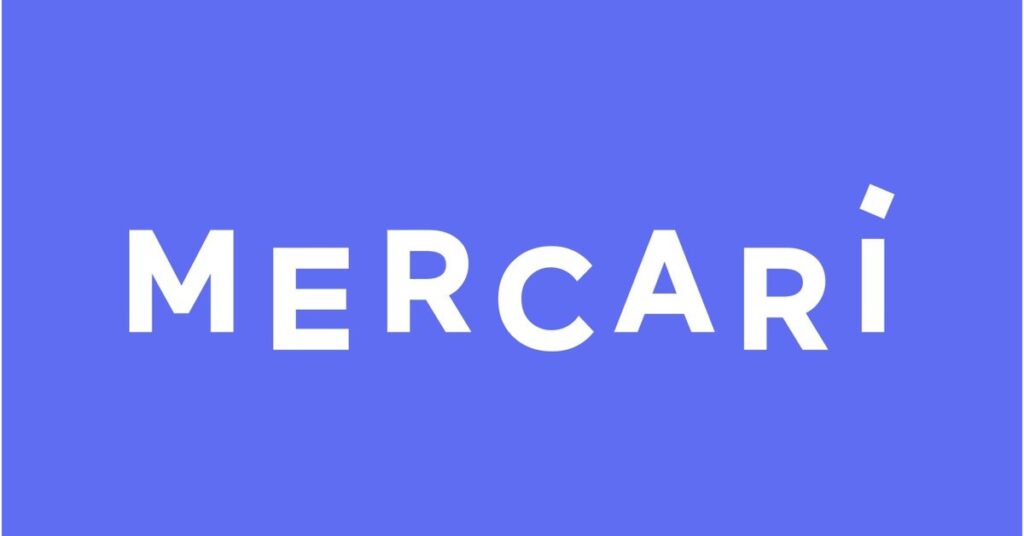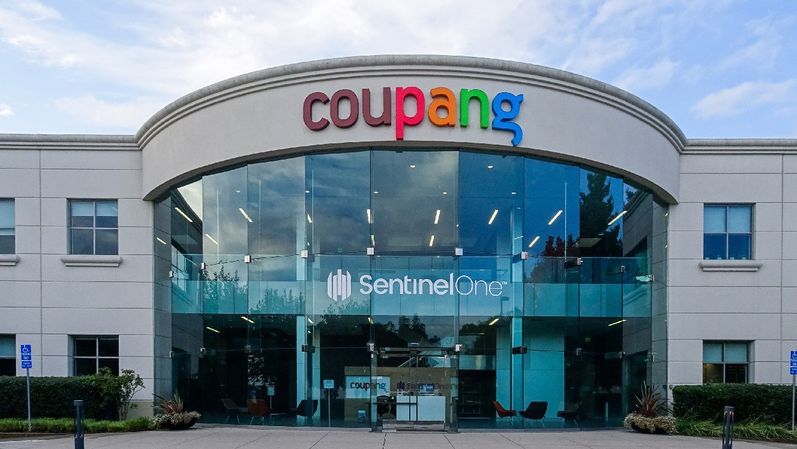Why Google suspended China’s Pinduoduo app?
After malware problems were discovered on versions of the Chinese e-commerce application outside Google’s app store, Google suspended the Play edition of PDD Holdings Inc.’s Pinduoduo app for security reasons, a company spokesperson said on Tuesday.
The spokesperson said in a statement that “Off-Play versions of this app that have been found to contain malware have been enforced on via Google Play Protect,” adding that the Play version of the app has been suspended for security reasons.

Pinduoduo, a well-known e-commerce app in China, frequently gives users discounts when they purchase several items. Users were advised by Google on Tuesday to remove any Pinduoduo apps that hadn’t been downloaded from the Google Play Store.
Also Read: Trump returns to YouTube and Facebook after a two-year ban
Websites that enable users to download mobile apps without visiting official stores frequently have downloads of Android and even iOS apps available. According to Google’s statement, the enforcement of Google Play Protect has been configured to prevent efforts to install the aforementioned malicious apps.
Users who downloaded malicious copies of the app to their devices are notified and asked to uninstall the app. Pinduoduo was still available for download from Apple’s iOS store on Tuesday, but it was unclear whether there were any comparable security issues with the app for Apple users.
With the help of Google Play Services, Google Play Protect scans Android-based gadgets for possibly harmful apps and works to stop the downloading of malicious apps.
A Pinduoduo spokesperson told Reuters in an email that “Google Play has informed us this morning that Pinduoduo App has been temporarily suspended as the current version is not compliant with Google’s Policy, but has not shared more details.”
According to Pinduoduo, there are a number of additional apps that Google Play has temporarily suspended. He added that there are numerous causes for this.
Pinduoduo, which is primarily used in China, has been suspended amid heightened tensions between the United States and China over Chinese-owned apps like TikTok, which some American lawmakers claim pose a danger to national security.
According to their claims, these applications could be utilized to surveil American users. TikTok is at an impasse as legislators appear nearer than ever to taking the historic step of completely blocking the app.
The U.S. app’s Chinese owner, ByteDance, may be compelled to sell it to another business under duress from the Committee on Foreign Investment in the United States (CFIUS), which examines transactions that might have an impact on national security.
The RESTRICT Act, a bipartisan legislation introduced in the Senate this month, empowers the US Commerce Secretary to impose sanctions against foreign technology firms and urges the intelligence community to make risk assessment information publicly available.
Also Read: Amazon to Cut 9,000 More Jobs, Deepening Biggest Pullback Ever
On Tuesday, shares of PDD Holdings decreased 1.8% in premarket trading. The development coincides with U.S. government efforts to strengthen its cyber security measures in response to a constant rise in hacking and other cybercrimes targeting the nation. China and Russia were cited as the two biggest threats to the USA in the government’s newly released cybersecurity strategy.

I am a law graduate from NLU Lucknow. I have a flair for creative writing and hence in my free time work as a freelance content writer.





